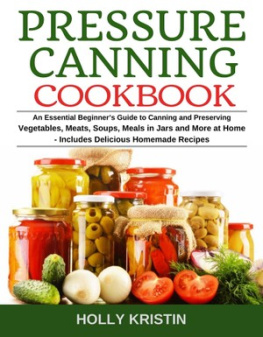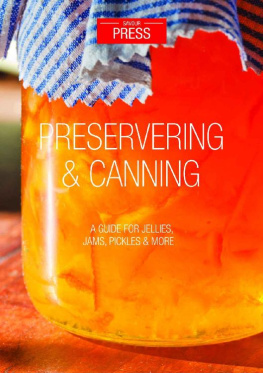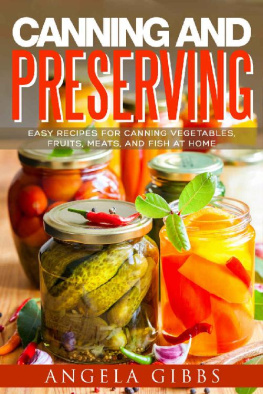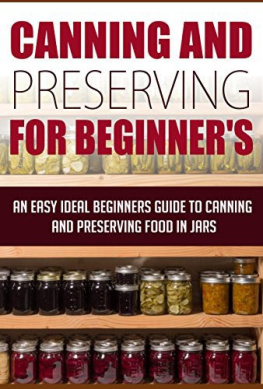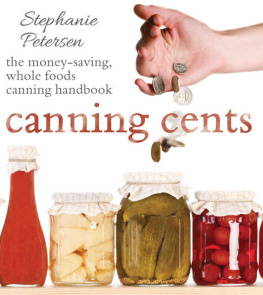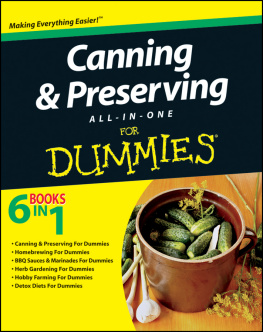Our goal is to provide you the reader, with the ability to learn new skills and abilities through an inexpensive and affordable publishing service.
Throughout your life you should always be expanding your knowledge and growing as an individual. Continuing to expand your skill set, finding new ways to improve your health, wealth, and relationships. We hope to aid you in your quest for knowledge through the Kindle publishing platform. We will continue to publish high quality, low-cost guides that will enable you to grow and be as successful as possible in life. Be sure to check out our other books and we always love to hear your feedback and reviews. Good Luck!
Copyright 2014 All rights reserved worldwide. No part of this document may be reproduced or transmitted in any form, by any means without prior written permission, except for brief excerpts in reviews or analysis.
Disclaimer: The publisher has put forth its best efforts in preparing and arranging this book. The information provided herein by the author is provided as is and you read and use this information at your own risk. The publisher is not a licensed doctor and you should consult your doctor before engaging in any medical activities. The publisher and author disclaim any liabilities for any loss of profit or commercial or personal damages resulting from the use of information contained in this book.
History of Canning
Anytime youre learning something new or expanding the knowledge of a certain skillset its important to take the time and understand the roots of where that skill came from. Why did people start doing it in the first place? How has it progressed throughout the years? What improvements have we put into place since its creation?
Learning and understanding where canning came from can help give you a better appreciation of why so many people in our advanced industrious country still can their own food.
Most people know who Napoleon Bonaparte is and his famous conquests of Europe. What a lot of people dont know about him was his role in the discovery of early food preservation. Napoleon knew that he wouldnt be able to apply his successful military strategies unless his soldiers were healthy enough to fight, and in order for his men to be healthy they needed to stay well fed.
Now, as brilliant a military strategist Napoleon thought he was, he had no idea how to preserve food to carry with his troops on his military campaigns, so he put out a reward to the first person that could find a way to do it for him. A man by the name of Nicholas Appert, who was a French brewer and confectioner, discovered that if food is heated to a certain temperature and then sealed the food wont spoil.
This was the beginning of the early days of canning, which actually started with wine bottles and then wrought iron cans. These cans were bulky and also filled with lead, which caused cases of lead poisoning for those that ate them.
It wasnt until Englishman Peter Durand created unbreakable tin containers to seal the food in did canning take its next evolutionary steps. Then, two men by the name of Bryan Dorkin and John Hall perfected the canning method and opened the first canning factory in England in 1813.
A year earlier, a man by the name of Thomas Kensett immigrated to the United States and opened Americas first canning factory in 1812. With the expansion of travel and a growing middle class, the demand for canned goods sky rocketed. However, it wasnt until 50 years later when Louis Pasteur discovered that heating food to a certain temperature in a sealed jar destroyed the harmful microorganisms that caused spoilage.
The next step in home canning came when John Mason created a glass canning jar with a threaded lip that could be used with a metal lid. This invention allowed for poorer, rural families to can their own food and revolutionized the canning industry one more time. Home canning was very prevalent in the early 1900s, especially during WWI, WWII, and the Great Depression. Then in the 1960s and 70s canning started to disappear as cheaper, readily available grocery goods replaced many home canning enthusiasts.
Today home canning is making a comeback. A lot of people are asking why this is and a part of it does have to do with the downturn in the economy, but there are a lot of people that just want to know exactly where their food is coming from. The ability to control whats going into your canned food and where the ingredients are coming from has rejuvenated the canning industry.
What is Canning?
So, what exactly is canning? Youve heard about it, maybe had some friends or family members do it, and now youre interested in learning about canning yourself. What canning simply boils down to is an affordable and effective way for you to preserve your fresh foods to be enjoyed all year long.
Well go over exactly what you need to get started, explain the benefits of canning as well as the different methods and types of foods that you would use for each. This book is great for beginners, veterans trying to learn some new tricks, or simply someone just looking to get a refresher after not having canned in a while. Lets dive in.
Benefits of Canning
If youve been thinking about getting into canning, youve probably thought to yourself, Is it really worth it? The perception of canning has the potential to make people think it is very time- consuming and difficult when in fact most recipes and canning processes dont take more than an afternoon. The reasons and benefits to canning are as plentiful as all the different recipes you can use to can. Yes, youll save money. Yes, youll cut down on waste. Yes, your food will last longer, but one of the biggest reasons to can is the quality of the food.
Canning your own food is also a great way to eat healthier, tastier foods. Now, the idea of canning may not sound very fresh, but consider this: there has been a lot of recent worry about the increasing levels of BPA in foods. Also, whenever you buy any canned foods from the grocery store you have zero control of the types of additives that the company inserts to preserve those foods. In a day and age where those chemicals and food additives are thrown into the different canned foods you find at the grocery store we think its important to know exactly whats going into your food, which in turns goes into you and your familys bodies.
When you get to select the type and quality of fresh foods youre canning youll also notice a taste difference. Eliminating as much time from picking the foods to canning them helps the food retain their nutritional value longer.
Canning is also eco-friendly. Every can of food you preserve, instead of buying from the store, is one less can that needs to be shipped from a factory halfway across the country on trucks, sending emissions into the environment.
The preservation of your food will also increase its lifespan, allowing you to get the most out of your fresh foods without letting them spoil. Youll be able to buy fruits and vegetables at their peak season when theyre the freshest and usually the cheapest in large quantities and have them preserved for year round usage, when you wouldnt be able to find them in stock at your local grocery store or farmers market.
If your health, environment, and financial factors arent enough to get you started in canning how about the simple fact of doing something for yourself? Theres a certain satisfaction in creating something, knowing that the food you stored and made will last you in times of emergency and scarcity. That self-reliance is something that you can carry into all aspects of your life.
Food Groups
Every type of fruit and vegetable has different qualities that either makes them ideal or harder to negotiate with in regards to canning. So how do you know which types of foods are ideal to can and how do you prepare those certain fruits and vegetables that need extra ingredients to can properly?



